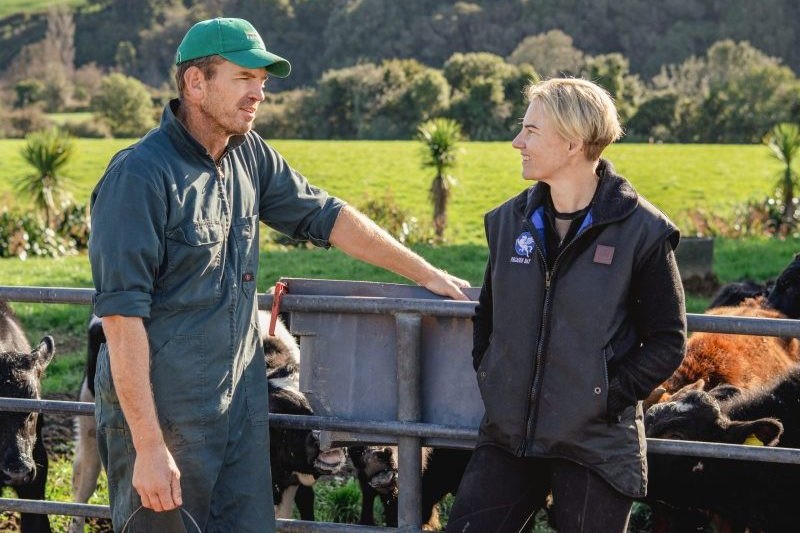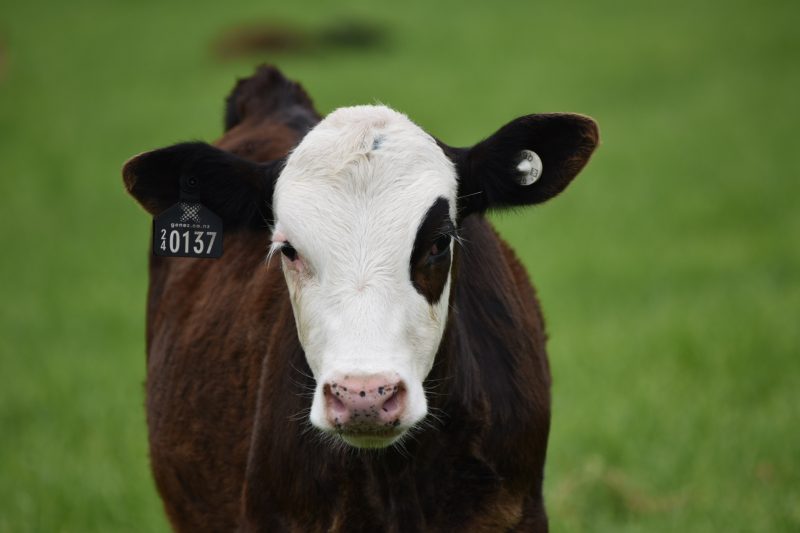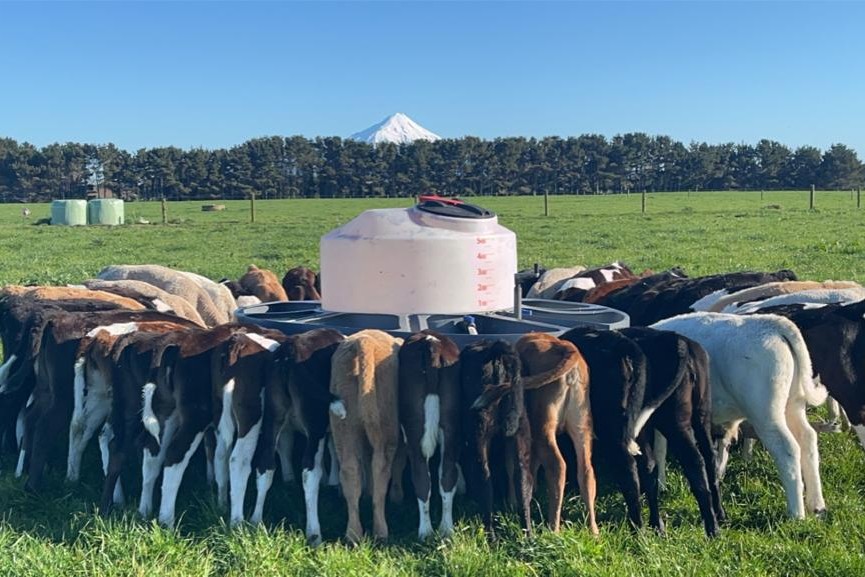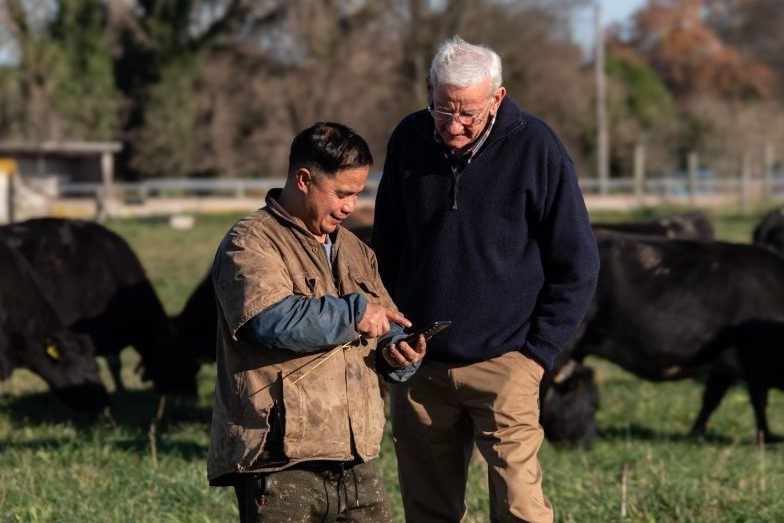A closer look at wearable technology
As more and more farmers adopt wearables, new research aims to assess how they affect reproductive performance. Words Paul Edwards, DairyNZ Senior Scientist.
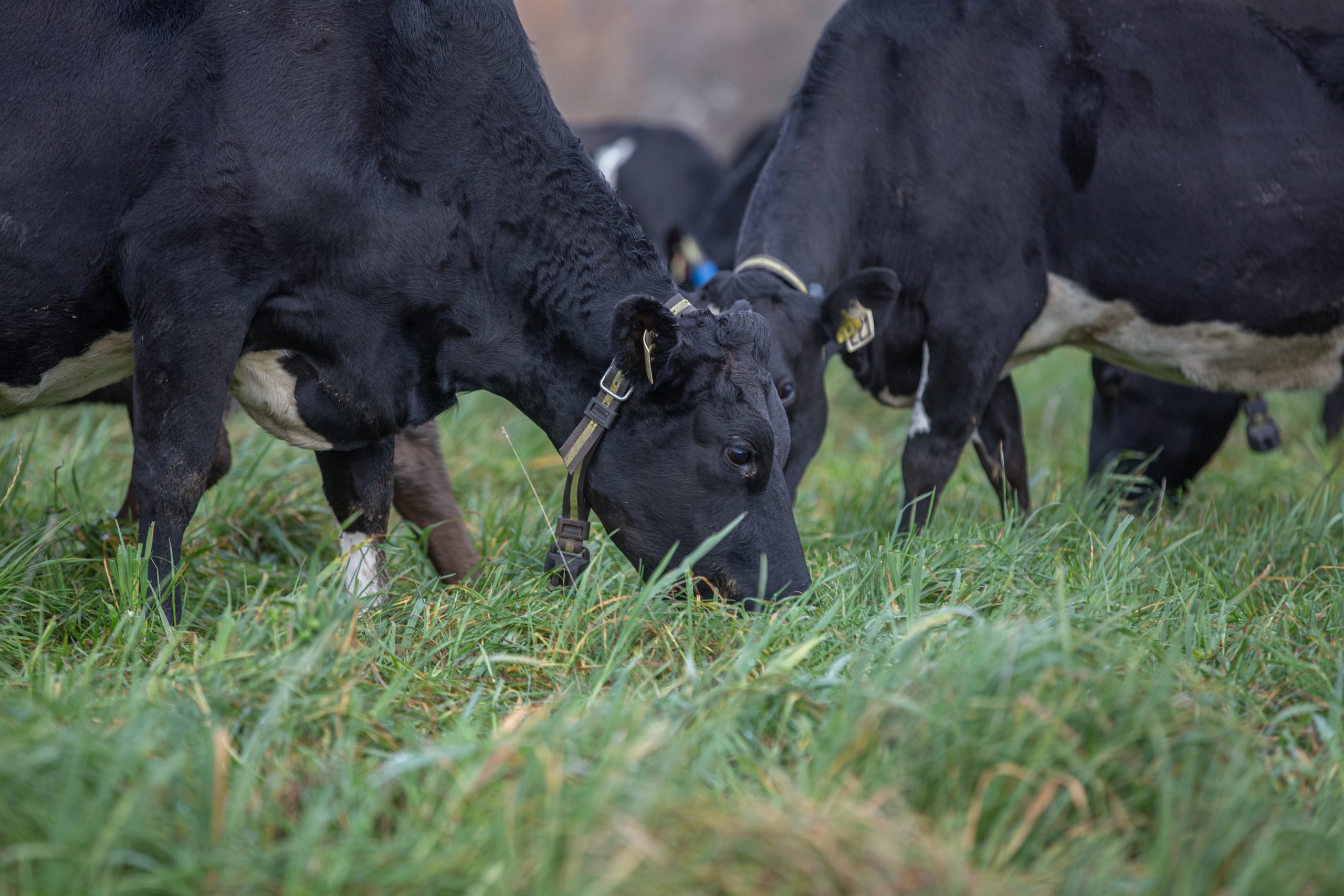
To provide more clarity around this, DairyNZ analysed herd reproductive records to see what, if any, changes occurred after adopting wearables.
The analysis used data from 141 wearable herds and 1,158 non-wearable herds. The ‘control’ herds (those without wearables) were matched with the wearable herds based on location, herd size, production and calving dates to compare like with like as much as possible.
Records were filtered to include only the period from two years before to two years after wearable adoption (or, for non-wearable herds, the year they were matched with a wearable herd). This was due to the limited number of farms with data extending beyond two years.
After adopting wearables, farmers extended the duration of their artificial breeding (AB) period. Some transitioned to all-AB in the first year, eliminating any natural mating periods with bulls.
By the second year, most had shifted to all-AB, with the delay presumed to be while they built confidence in the technologies.
Herds using wearables had higher performance measures, such as three-week submission rates (see Figure 1) and six-week calving rates (see Figure 2), compared to those without wearables, both before and after adopting the technology.
With this in mind, companies marketing wearables should take care when discussing reproductive performance, ensuring that comparisons with industry averages don’t unintentionally suggest any differences are due to the adoption of wearables.
Wearable herds had lower non-return rates after adoption, likely because they had longer AB periods. However, after accounting for mating length, there was no significant difference (see Figure 3).
Notably, lower-performing herds showed no reproductive performance gains after adopting wearables, with results comparable to similar herds without them.
Farmers have had limited independent, publicly available information on the potential impact.
The research indicates that farmers who automated mating with wearables, potentially reducing labour or reliance on key staff, did so without compromising reproductive performance.
A longer artificial breeding period offers several potential benefits, including that the non-return rate is more likely an accurate indicator of conception rates, providing timely feedback to adjust mating plans rather than waiting until after scanning to assess bull performance. And all-AB systems can help produce higher-value calves.
In the future, wearable technologies could offer benefits beyond reproduction and individual animal management, such as improving grazing management or mitigating heat stress. Future outcomes may improve as farmers better understand how to use data from wearable systems effectively, for example, additional pregnancy diagnoses.
Given the lack of evidence for significant positive or negative impacts, it would be advisable for farmers considering wearable technologies not to place value on improved reproductive performance when assessing return on investment.
What are the investment costs?
The investment costs for heat detection can include a cost per cow, fixed costs for electronic identification (EID) readers and computer systems, and ongoing maintenance and replacement. Payback on investment is highly dependent on initial costs, and the difference between current manual detection and performance of the new system. While there are a number of potential tangible and intangible benefits to adopting wearables, currently, there is no evidence to suggest that reproductive performance will improve, so farmers should be cautious in factoring in improved reproduction when assessing return on investment.
What are the key considerations before purchase?
Consider your reasons for investing in an automated system and evaluate the technologies to understand the trade-offs for you, your team, and your business.
If your motivation is to improve reproductive performance through improved heat detection, you first need to be sure that heat detection performance is your key problem:
Use information from the Fertility Focus Report to review all areas of reproductive performance.
Know your current heat detection performance and the potential for improvement.
Review whether you can achieve your target through better procedures and/or more motivated staff, as this is the lowest-cost solution.
Seek reliable information on whether the automated systems can help you achieve your target.
If your goal is to maintain a high heat detection performance, but with reduced dependence on key skilled people, be mindful that technologies do not replace the need for skilled staff:
Training will be needed to use the heat detection system; for entering data, setting alert thresholds and confirming heats, and performing maintenance. Discuss with your technology supplier what training and support will be provided and whether the software is ‘user-friendly’ (simple).
Skilled handlers will still need to make the final decision on cows selected for artificial insemination.
Prepare a budget using realistic costs and returns so that you know the projected annual costs, the number of years until break-even is reached and the longer-term return on investment.
Activity-based detection
Wearables use an accelerometer inside a device mounted on a neck collar, leg bracelet or ear tag of each cow. Typically, the cow’s level of activity is compared with an ‘activity baseline’ or reference, e.g. her last seven days or the herd average. If activity changes above a predetermined threshold, an alert is generated.
The threshold set for activity-based alerts is critical to the performance of this technology:
If the activity threshold is set too high, a lower proportion of the cows will be identified by alert and cows in heat could be missed.
If the activity threshold is set too low, many of these cows may not be in heat (i.e. more false alerts).
A heat detection back-up system, such as tail painting, could be used as well to mitigate the risk of the system failing (e.g. due to a base station malfunction or loss of communication).
Some wearables can also measure rumination eating or temperature, which may be used to improve the heat detection ability or indicate health events.
A study of self-selected herds that have adopted wearables relative to a matched reference group.
The adoption year was marked as Year 0, with any effects of wearables becoming apparent from Year 1 onward.
For more information visit dairynz.co.nz/wearables


